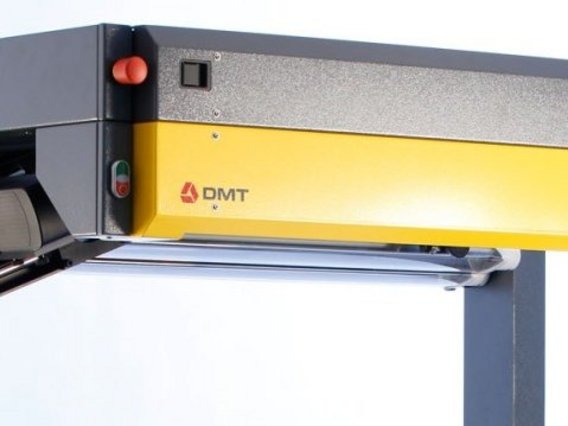
DMT CoreScan is a versatile device designed to take high-resolution images of boreholes, complete or fragmented, and store them digitally in colour.
In full scanning, the cores rotate 360° around their axis, while a fixed camera parallel to the axis of rotation performs the scanning. The core is scanned at a rate of 20 sec/m and the image can be stored in BMP, JPG or TIF.
After recording the image, the system creates a digital library that facilitates data management of the analysed boreholes, as well as enabling petrographic analysis and qualitative and quantitative structural analysis of the borehole.